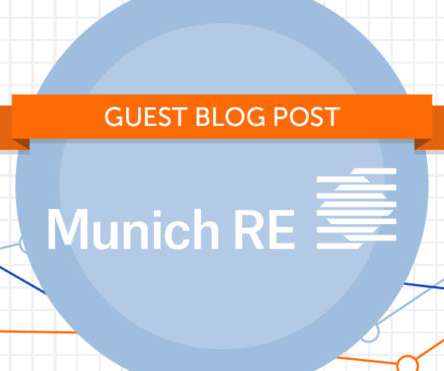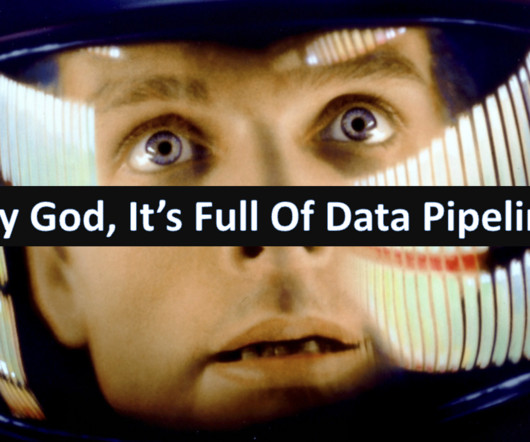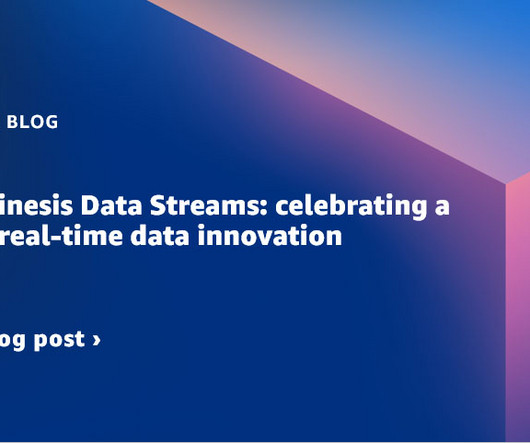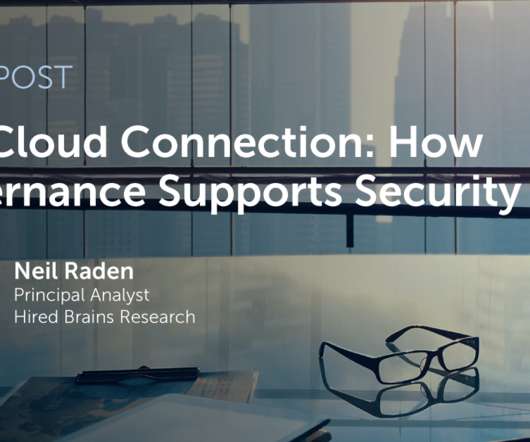Data Lakes: What Are They and Who Needs Them?
Jet Global
JULY 2, 2019
The sheer scale of data being captured by the modern enterprise has necessitated a monumental shift in how that data is stored. What was at first a data stream has morphed into a data river as enterprise businesses are harvesting reams of data from every conceivable input across every conceivable business function.





































Let's personalize your content